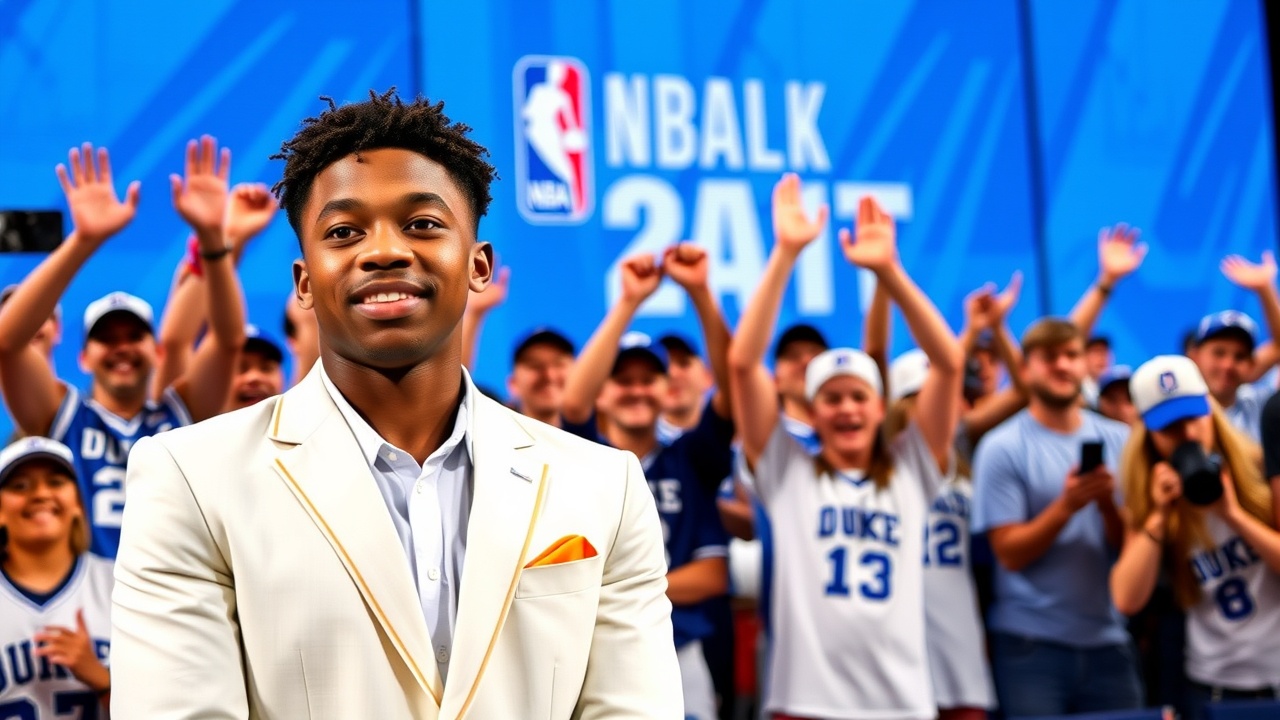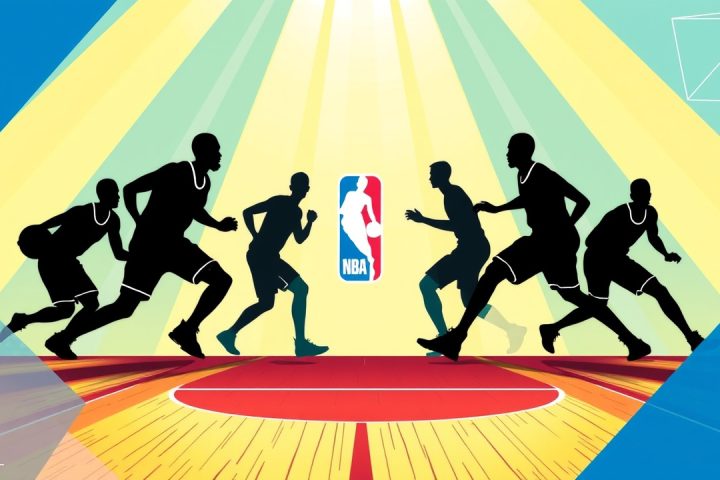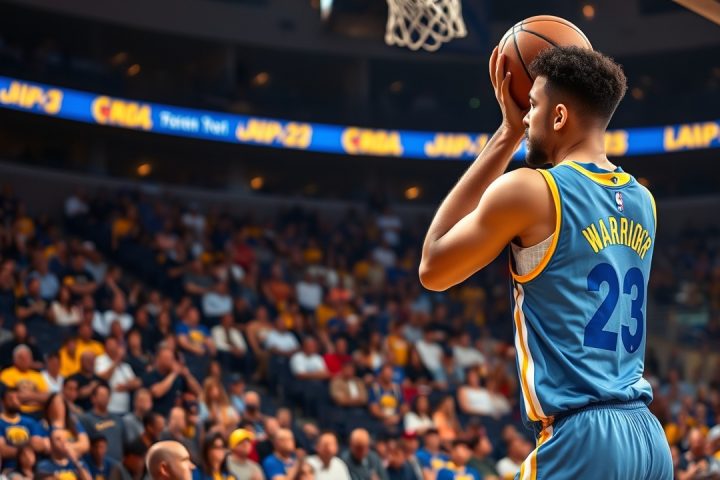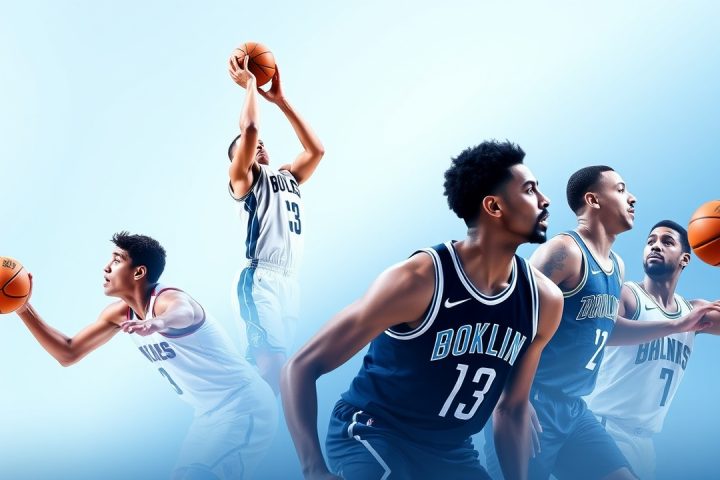NBA Draft Landscape Changes
As the NBA Draft approaches, the landscape has shifted dramatically, leaving many franchises scrambling for hidden talents. This year’s second round is forecasted to be notably sparse, a trend attributed to the booming NIL (Name, Image, Likeness) market in college basketball.
Pre-NIL Trends and Shifts
In the pre-NIL period, promising underclassmen often opted for the NBA Draft despite low projections because two-way contracts or overseas opportunities offered greater financial incentives compared to the uncertain college system that relied on illicit payments.
The NIL Impact and Player Decisions
The game changed in 2021 when legal decisions required the NCAA to permit college athletes to monetize their names and likenesses. This shift has led to an unprecedented number of borderline NBA talents returning to college, with potential earnings reaching between $3 and $4 million annually at affluent college programs.
High-profile players, including JT Toppin from Texas Tech and Thomas Haugh of Florida, have chosen not to explore their NBA options this season, reflecting this new reality. As a result, only 106 players declared for the 2025 NBA Draft as early entrants—a stark decline from 353 in 2021 and the lowest figure since 2015.
Withdrawals and Returns
Many of these candidates subsequently withdrew their names from the draft. Notable exits included Michigan’s Yaxel Lendeborg, Houston’s Milos Uzan, and Florida’s Alex Condon, who made their decisions just before the final deadline. The return of players to college signifies the increasing financial allure of college basketball, and estimates suggest that it can take up to $6 to $8 million to remain competitive within power conferences.
This financial landscape ensures that collegiate basketball benefits significantly as players choose to prolong their college careers.
Team Developments
Among the teams that bolstered their rosters are those who successfully persuaded their key players to stay. Florida, for instance, is emerging as a potential title contender with significant talent returning. Star forward Haugh and fellow teammates Condon and Chinyelu have opted to forgo the NBA for another season, enhancing the Gators’ chances as they remain among the top prospects entering the next college basketball campaign. Florida also acquired promising transfers to offset the departure of other key players.
Houston’s situation mirrored this optimism as Uzan, after contemplating a jump to the NBA, opted to stay. With his return, the Cougars will be even more formidable, forming a core with several standout returning sophomores and a promising freshman class. Michigan welcomed Lendeborg from UAB, a high-impact player whose presence is poised to change the dynamics of their game as they aim for a deep NCAA tournament run.
Challenges for Other Teams
In Auburn, the return of Tahaad Pettiford ensures the team retains its competitive edge after last season’s success. His decision allows for a cohesive core as the Tigers integrate new talent from the transfer market. Conversely, Texas A&M capitalized on Houston’s roster changes, bringing in former Houston guard Pop Isaacs, who will now take on a significant role at A&M.
The selection of decisions around this draft season also revealed unfortunate developments for North Carolina, where guard Drake Powell’s commitment to the NBA poses a challenge. Emerging as a significant talent, Powell’s announcement to leave could hinder North Carolina’s recruitment efforts, as he criticized the environment that didn’t fully showcase his abilities. Meanwhile, Duke faced disappointment as they missed out on high-caliber potential targets from the transfer portal.
Conclusion
Overall, as teams build toward next season, the balance of power continues to shift within college basketball, influenced heavily by the financial landscape and the ongoing impact of NIL regulations.




